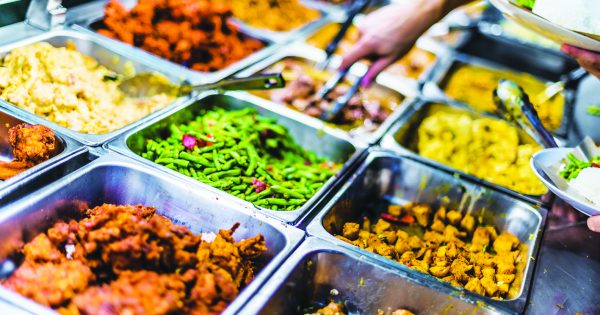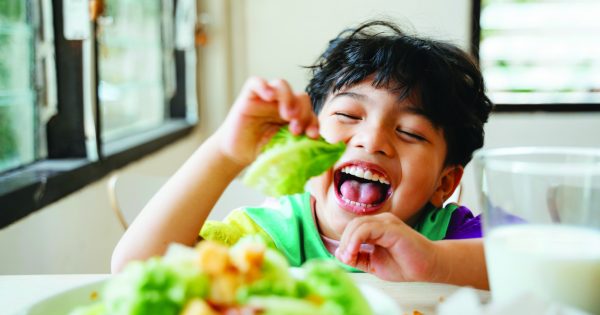It is always a good idea to eat a well-balanced diet as this will meet your nutrient requirements while avoiding deficiencies and chemical excesses or imbalances. Try asking any nutritionist or dietitian and you will get the same answer.
What happens when you eat your food? Your body’s digestive system goes to work to release the nutrients contained within it, and absorb them into your bloodstream which then transports them to their respective target tissues. However, not all nutrients can be utilised to the same extent. There’s something called bioavailability, which is the degree to which the amount of an ingested nutrient is absorbed from the food and used for normal body functions.
Are you aware?
Higher absorption of minerals occurs among individuals who are deficient in a mineral, while certain elements in your diet (e.g. oxalic acid or oxalate in spinach) can decrease mineral availability by chemically binding to the mineral.
There are several factors that influence how much of a nutrient is used, stored, or excreted, namely:
- Nutrient components of food, chemical form of the nutrient
- Gender, age, nutrient status and life stage (e.g. pregnancy)
- Macronutrients – carbohydrates, proteins, fats (high ingestion rate of > 90%)
- Micronutrients – vitamins and minerals (varies widely in how much is absorbed and utilised).
- Excess intake of one mineral can influence the absorption and metabolism of other minerals.

How nutrients can complement one another
Nutrients can interact with each other in different ways, such as keeping another nutrient soluble or protecting it from interaction with nutrient inhibitors. For instance, when foods that are rich in Vitamin C are consumed together with iron rich foods, the iron absorption is increased by two or three times – have a glass of freshly squeezed orange juice together with a bowl of breakfast cereal and it will help your body absorb more of the iron in the cereal.
Inhibitors of nutrient absorption
Just as nutrients can help with other nutrient absorption, they can also interact with one another in the opposite manner by cancelling each other out. For instance, phytic acid (which is abundant in certain plant foods such as pulses, whole-grain cereals, seeds, or nuts) will interfere with the absorption of calcium, iron, and zinc. This is especially critical to know if you take calcium and or iron supplements so that you can plan your intake accordingly at a different time of day so as to avoid interference.
Did you know?
- Meat, fish and poultry contains highly bio-available iron that is known to enhance the absorption of iron from all foods.
- Vitamin D aids in the absorption of calcium, phosphorous, and magnesium.
- Fat-soluble vitamins A, D, E and K all require fats in order for them to be absorbed.
Interesting facts
There are two main sources of iron in food, namely haem iron and non-haem iron. Haem iron is derived mainly from haemoglobin/myoglobin in animal protein sources and is readily bio-available. On the other hand, non-haem iron is derived from plant sources such as enriched cereals and pasta, beans, and dark green leafy vegetables.
Balanced diet is important
Living in this modern world now, you will find that a lot of times, vitamins and minerals are added to foods to increase their nutritional value. For instance, B vitamins (folic acid) are often added to breakfast cereals, flour and certain spreads, and are more bio-available than what is naturally present in our food (dietary folate, such as those found in fruits, vegetables).
However, this does not mean that you should only consume foods fortified with folic acid. Natural dietary sources such as green leafy vegetables can be complemented with these foods, and not the other way around. After all, these natural dietary sources will contain lots of other beneficial nutrients such as unique vitamins/minerals, phytochemicals and fibre.
You won’t go wrong if you maintain a balanced, moderate and varied diet as it promotes maximal nutrient absorption. This is the key to getting the most out of food.
An educational collaboration with Nutrition Society of Malaysia.






Comments